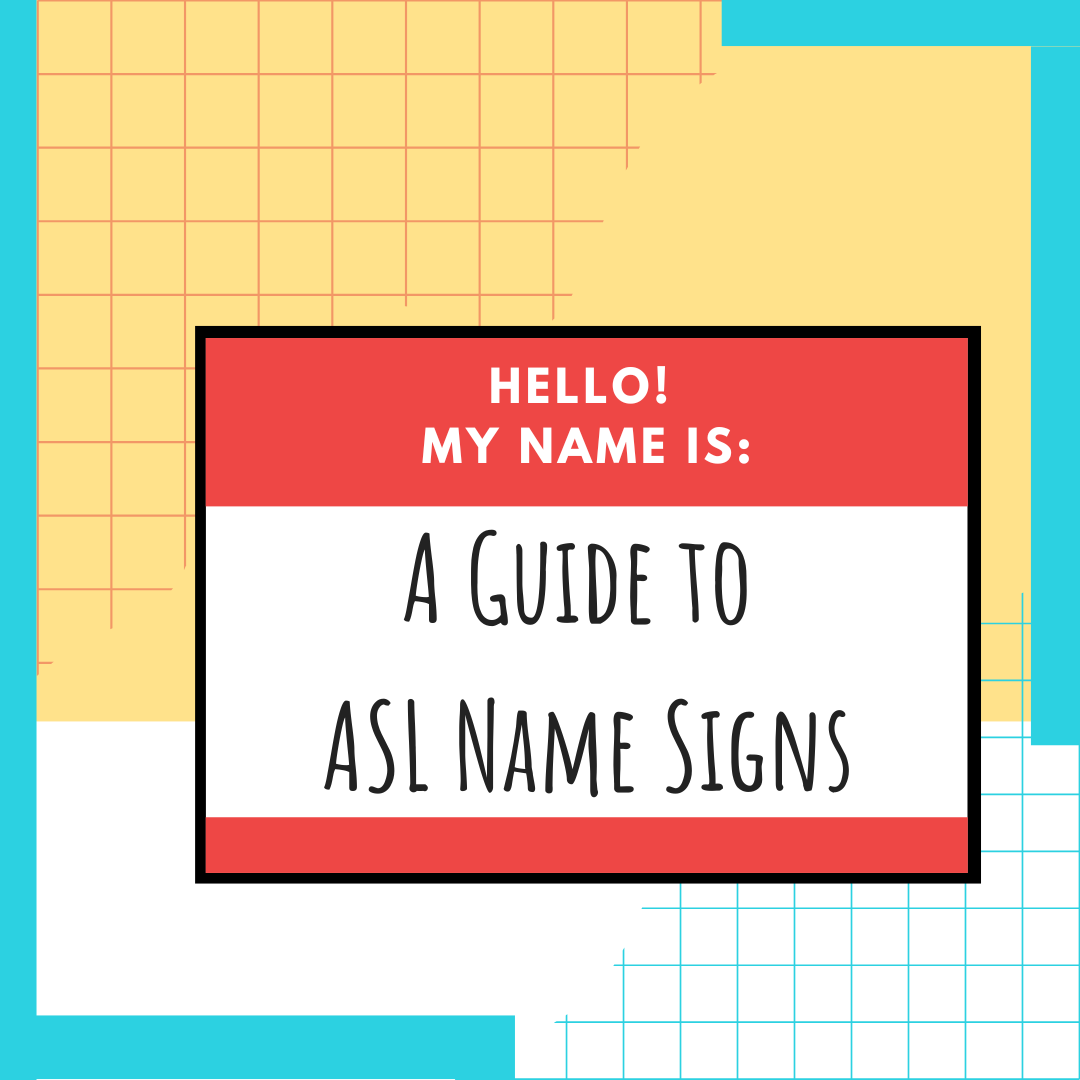
History of Sign Language – Deaf History
- by Michelle Jay

The events that occurred in the history of sign language are actually pretty shocking.
How deaf people experience life today is directly related to how they were treated in the past. It wasn’t long ago when the deaf were harshly oppressed and denied even their fundamental rights.
The are many famous deaf people who have made a name for the deaf throughout the history of sign language and proved that deaf people can, in fact, make history.
Aristotle was the first to have a claim recorded about the deaf. His theory was that people can only learn through hearing spoken language. Deaf people were therefore seen as being unable to learn or be educated at all.
Therefore, they were denied even their fundamental rights. In some places, they weren’t permitted to buy property or marry. Some were even forced to have guardians. The law had them labeled as “non-persons”.
Aristotle’s claim was disputed in Europe during the Renaissance. Scholars were attempting to educate deaf persons for the first time and prove the 2,000 year old beliefs wrong. This mark in the history of sign language is what started the creation of a signed language.
Starting to Educate the Deaf
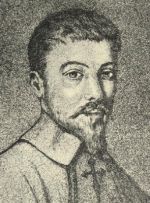
Geronimo Cardano, an Italian mathematician and physician, was probably the first scholar to identify that learning does not require hearing. He discovered, in the 1500s, that the deaf were able to be educated by using written words. He used his methods to educate his deaf son.
Pedro Ponce de Leon, a Spanish monk, was very successful with his teaching methods while teaching deaf children in Spain. This was around the same time that Cardano was educating his deaf son.
Juan Pablo de Bonet, a Spanish priest, studied Leon’s successful methods and was inspired to teach deaf people using his own methods. Bonet used the methods of writing, reading, and speechreading as well as his manual alphabet to educate the deaf. His manual alphabet system was the first recognized in the history of sign language. The handshapes in this alphabet corresponded to different sounds of speech.
Organized deaf education was non-existent until around 1750. This was when the first social and religious association for deaf people was founded by Abbe de L’Epee, a French Catholic priest, in Paris. Abbe Charles Michel de L’Epee is one of the most important people in the history of sign language.
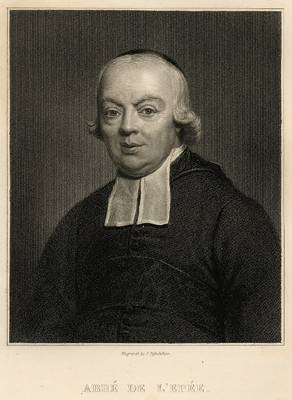
Abbe Charles Michel de L’Epee established the National Institute for Deaf-Mutes in 1771. This was the first public free deaf school. Deaf children came from all across France to attend the school and brought the signs they learned from signing at home with them to the school. L’Epee learned all of these different signs and utilized the signs he learned from his students to teach his students French.
The signs they used soon became a standard signed language L’Epee taught to the students. More schools were founded and the students brought this language back to their neighborhoods. The standard language L’Epee used in the history of sign language is known as Old French Sign Language. This language spread across Europe as more students were educated.
Many people say that Abbe de L’Epee invented sign language–which is not true. If you want to know who invented sign language, read our “Who Invented Sign Language” article.
Although Abbe de L’Epee claimed sign language is the native language for the deaf, Samuel Heinicke believed in Oralism. Oralism was brought about as people used speechreading and speech to teach deaf students instead of manual language.
Even though this positive advancement in sign language history took place, oralism was the bump in the road.
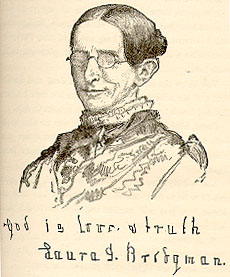
In relation to the deaf-blind, the first deaf-blind person to be educated was Laura Bridgman. She was born 50 years before Helen Keller, but is usually not credited with being the first deaf-blind person to learn language.
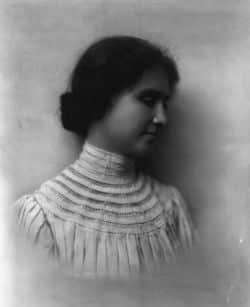
Helen Keller is the most well-known deaf-blind person (she has taken the credit before Laura Bridgman). Her teacher was Anne Sullivan and while Helen Keller wasn’t the first deaf-blind person to be educated, she was the first one to graduate from college, and she did it with honors.
Another common topic in the Deaf Community is deaf people and sports. A favorite deaf athlete is William “Dummy” Hoy. Dummy Hoy was the first deaf major league baseball player. He hit the first grand-slam home run in the American league, and created the hand signals that are still used in baseball today. It is so amazing that one deaf athlete can have so much impact and break so many records in baseball, yet many people don’t know about him. Truly amazing.
There are many famous deaf people in the history of America as well. Deaf Smith, for example, is famous for the important role he played in the Texas Revolution. Deaf Smith County, Texas is named after him.
American Sign Language
The history of American Sign Language has earned its own page. Please don’t forget to read about this important part of the history of sign language in the United States.
Speech versus Sign
Sign language is now seen as the native communication and education method for deaf people. However, it wasn’t always this way.
Even though sign language became commonly used, supporters of the oralism method believed the deaf must learn spoken language to fully function in hearing society.
Two of the largest deaf schools in America began educating the deaf in 1867 using only oral methods and encouraged all deaf schools to do the same. These methods did not use any sign language and began to spread to schools for the deaf across the U.S.
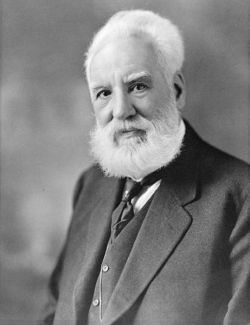
Probably the most devoted supporter of the oralism method was Alexander Graham Bell (yes, the man who is credited with inventing the telephone). Bell started an institution in Boston in 1872 to train teachers of deaf people to use oral education. He was one person in the history of sign language who really tried to damage the lives of deaf people.
In 1890, he founded an organization that is now known as the Alexander Graham Bell Association for the Deaf.
The dispute of sign language versus spoken language continued for the next century in sign language history. The International Congress on the Education of the Deaf met in Milan, Italy in 1880 to discuss the issue. This meeting is now known as the Milan Conference.
The supporters of the oralism method won the vote. Congress declared “that the oral method should be preferred to that of signs in the education and instruction of deaf-mutes”.
The outcome of the conference were devastating. Over the next ten years, sign language use in educating the deaf drastically declined. This milestone in the history of sign language almost brought the Deaf back to ground zero after all of their progress. Almost all deaf education programs used the oralism method by 1920.
Even though oralism won the battle, they did not win the war. American Sign Language still was primarily used out of the classroom environment. The National Association of the Deaf was founded in the United States and fought for the use of sign language. They gained a lot of support and maintained the use of sign language as they argued that oralism isn’t the right educational choice for all deaf people.
In 1960, something big happened. William Stokoe, a scholar and hearing professor at Gallaudet University, published a dissertation that proved ASL is a genuine language with a unique syntax and grammar.
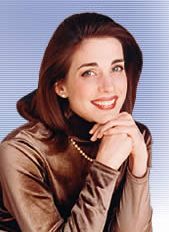
ASL was henceforth recognized as a national language and this was one of the biggest events in sign language history.
In 1964, the Babbidge Report was issued by Congress on the oral education of the deaf. It stated that oralism is a “dismal failure” which finally discharged the decision made at the Milan Conference.
In 1970, a teaching method was born that did not fully support either sign language or oralism. Instead, the movement attempted to bring together several educational methods to form Total Communication. This method became a new philosophy for deaf education.
Allowing the deaf access to information by any means, Total Communication can include fingerspelling, sign language, speech, pantomime, lipreading, pictures, computers, writing, gestures, reading, facial expressions, and hearing aids.
Another huge event in the history of sign language was the Deaf President Now (DPN) movement at Gallaudet University in 1988. The DPN movement unified deaf people of every age and background in a collective fight to be heard. Their triumph was a testament to the fact that they don’t have to accept society’s limitation on their culture.
Andrew Foster was the first African American Deaf person to earn a Bachelor’s Degree from Gallaudet University in 1954 and is known as the “Father of the Deaf” of Africa.
In 1995, a woman named Heather Whitestone became the first deaf woman to be named Miss America in the Miss America pageant. She showed the world that a deaf person can do anything a hearing person can do, and that all things are possible with God’s help.
The Best History of Sign Language Books
We highly recommend all of the books in this list. They will give you a greater insight into the history that the Deaf had to endure than you have ever known.
Please note that when you choose to purchase through the external links on this website (in many but not all cases) we will receive a referral commission. However, this commission does not influence the information we provide in this site. We always give honest opinions and reviews to share our findings, beliefs, and/or experiences. You can view our full disclosure on this page.
Forbidden Signs: American Culture and the Campaign against Sign Language 
This book focuses on the history of the oppression of American Sign Language. We highly recommend this book because it is not only easy to read, it goes into detail about how sign language was forbidden in schools and the fact that many attempts have been made by hearing society to prevent deaf people from using sign language. Highly, highly recommended!
 Deaf History Unveiled: Interpretations from the New Scholarship
Deaf History Unveiled: Interpretations from the New Scholarship
This book is a little difficult to read at times, but it offers great information. The book compiles 16 essays that range in topics from new themes in Deaf history and Deaf culture experiences compared to the experiences of African American culture to societal paternalism toward the Deaf and the determination of Deaf people to establish employment, education, and social structures. This book is a deep read, but well worth it!
A Place of Their Own: Creating the Deaf Community in America 
Some books just talk about Deaf culture and how it is today. This book actually goes in depth and back into Deaf history to explain the trends and the changes that have taken place in the Deaf community. We highly recommend this book for anyone learning ASL and becoming involved in the Deaf community.
 The Deaf Community in America: History in the Making
The Deaf Community in America: History in the Making
The deaf community in the West has endured radical changes in the past centuries. This work of history tracks the changes both in the education of and the social world of deaf people through the years. Topics include attitudes toward the deaf in Europe and America and the evolution of communication and language.
The Deaf History Reader
The Deaf History Reader presents nine masterful chapters that bring together a remarkably vivid depiction of the varied Deaf experience in America. This collection features the finest scholarship from a noteworthy group of historians, including Reginald Boyd, Barry A. Crouch, Mary French, Brian H. Greenwald, Harlan Lane, Harry G. Lang, Kent R. Olney, Richard Pillard, Jill Hendricks Porco, Michael Reis, and volume editor John Vickrey Van Cleve.
When the Mind Hears: A History of the Deaf
The authoritative statement on the deaf, their education, and their struggle against prejudice.
 Deaf President Now!: The 1988 Revolution at Gallaudet University
Deaf President Now!: The 1988 Revolution at Gallaudet University
Understanding the Deaf President Now movement is critical to understanding Deaf Culture. To read more about DPN and gain a more in-depth understanding about what happened that year, we highly recommend this book.
Deaf Heritage: A Narrative History of Deaf America
In Deaf Heritage: A Narrative History of Deaf America, Jack R. Gannon brought together for the first time the story of the Deaf experience in America from a Deaf perspective. Recognizing the need to document the multifaceted history of this unique minority with its distinctive visual culture, he painstakingly gathered as much material as he could on Deaf American life.
Baltimore’s Deaf Heritage (Images of America) 
A great book for comparative cultural studies on the Deaf cultures in different areas, Baltimore’s Deaf Heritage illustrates the evolution of Baltimore’s Deaf community and its prominent leaders.
Detroit’s Deaf Heritage (Images of America)
A great book for comparative cultural studies on the Deaf cultures in different areas, Detroit’s Deaf Heritage illustrates the evolution of the deaf community in Detroit and its prominent leaders.
The Hidden Treasure of Black ASL: Its History and Structure
Black ASL has long been recognized as a distinct variety of American Sign Language based on abundant anecdotal evidence. The Hidden Treasure of Black ASL, originally published in 2011, presents the first sociohistorical and linguistic study of this language variety.
> See All Our Deaf History Resource Recommendations <
Deaf Culture
Deaf history greatly affects how deaf people live their lives today. And not only do deaf people have a history, they have a culture… Deaf Culture.
Deaf culture is culture like any other. Deaf people share a language, rules for behavior, values, and traditions. The way the Deaf culture is living today is a direct result of the history of sign language that preceded it.
History of Sign Language Articles Submitted by Students
Who is your favorite person from the history of sign language?
My own views on deaf history
by Nicki (Canada) | July 17, 2013
After reading this article, as well as the other available ones on this site and a few from another ASL book I am reading I have come to the conclusion that I can’t choose one person in the history of sign language as my favourite. I have to say that they all have their goods and bads just like any other person.
I will say that Aristotle was entirely wrong in his views that people are only able to learn through spoken language or oralism. I can say that even hearing people don’t all only learn through spoken language, I am mostly hearing a visual learner and found that my teachers talking, in later grades, only made it more difficult to learn. Although perhaps he meant well with his statements, I suppose we will never know.
I certainly applaud the efforts of early deaf educators in the history of sign language and say that without them deaf people would quite possibly not be as advanced in society as they are today and as they deserve to be. Juan Pablo de Bonet was very well meaning in his attempts and absolutely did good by deaf people of the time in educating them. This said, I am sure his version of deaf education was still far below that of hearing education and, although, the students could read and write and understand some speechreading, this probably still left them with a very low level education but something is better than nothing at all.
Abbe de L’Epee was absolutely one of the most important people in the history of sign language and without him deaf education would not have become as well known. He helped teach a generalized sign language so that deaf people could communicate with one another and with their hearing friends and family if those people were interested in learning.
Samuel Heinicke is another one of those people I would like to, try to, give the benefit of the doubt. He believed in oralism, I am sure he meant well with his ideas. He probably just wanted to make deaf people more like, or more understandable to hearing people. This however, would never work based on things we know today. Not all deaf people can be totally oral and those people deserve a language of their own to communicate their needs and wants.
Helen Keller and Laura Bridgman are both very important people in the history of sign language as well, showing that all deaf people can learn even if they are unable to see. I would go as far as to say that they are important to all educational history in the sense that this shows that all people are able to learn, not matter their challenges. I would like to give a hand to these ladies’ teachers as well as they had to deal with a lot of stress and difficulties while education these two people.
Alexander Graham Bell is another interesting person in the history of sign language. He made the choice to support oralism and I assume it was for the same reasons as all the other oralism only people but at least he eventually came around and realized that oralism is not the only way, just one way, for deaf people to learn.
William Stokoe was another very important figure and he is absolutely correct in saying that ASL is a genuine language with a unique syntax and grammar. His publication changed deaf learning forever in making ASL a national language.
The decision to use total education was also a great one in my opinion, deaf people should have the right to learn just as well as hearing people and, perhaps it is just because I was educated in a hearing school and am mostly hearing, I feel they should be taught the way that works for them, be it all sign or a mix of sign and oralism.
I also applaud the efforts of the Gallaudet University student and staff in the Deaf President Now protest and say that these people also changed the history of sign language for the better.
The final person mentioned in this article is Heather Whitestone, yes she may have been named Miss America and proven that deaf people can do what hearing people can but she is a bad representation of deaf people as a whole. It is well known that she refused to use ASL and looked down on those who did use it. Great for her but not a good show of who deaf people truly are.
As you can see, I couldn’t choose a favourite. All of these people, good and bad had an impact on deaf history and education, perhaps without the setbacks deaf people would be further advanced but I believe that these challenges made them work harder and so maybe makes them more determined than others. Either way all of these people, except Heather Whitestone are all important people.
Influences in Deaf History
by Steph Grizzard | February 24, 2017
I don’t know if I can pick a favorite person to influence the history of sign language. It is such a rich history and the culture is what it is today because of all of them together. Abbe de L’Epee founded the first public deaf school and used all of the signs that the students were using at home to create a whole language. Thomas Gallaudet was inspired by his neighbors daughter which influenced him to travel overseas and meet the people that developed a language and schools for the deaf. He was inspired even more by Abbe Sicard, Jean Massieu, and Laurent Clerc. He even convinced Laurent Clerc to come back to America with him to open the first public deaf school in America. Thomas Gallaudet inspired his son, Edward, to start the first deaf college in the U.S. which is now named Gallaudet University. Even Alexander Graham Bell, who was inspired to invent the telephone in hopes that it would help his mother and wife hear, was a big influence in the deaf world. He tutored Helen Keller and, although not a popular method in the deaf community, was a huge supporter of oralism. The entire history of the deaf community and deaf world is too fascinating for me to be able to pick just one favorite influential person. The fact that every person had a hand in making the deaf Culture the beautiful world that it is today, is enough for me to love them all.
There are several in the history of sign language
by Sue | December 21, 2017
I’ve been losing my hearing for many many years now and it’s becoming more and more profound as I get older and the tinnitus gets louder and louder. I’ve know since a very young age that my hearing would go and now that day is fast approaching. Reading the history of sign language is fascinating to me.
I think that early on I am intrigued with Thomas Gallaudet. It seems he began this adventure to help out his neighbor which I find very inspirational. And then he became even more interested in helping the deaf to learn to communicate and traveled to Europe to study the techniques of others and even convinced some to travel to America to help set up schools here. It’s really something that his son kept on with this legacy and that school still exists today.
I’ve always been inspired by Helen Keller and how she overcame incredible obstacles. She was an amazing woman.
One thing I must point out – I really hate the term Deaf and Dumb and I even bristle at the term Deaf-Mutes. Deaf people most assuredly aren’t dumb and they can make sounds. These are both false terms and I’m glad to see that they aren’t used much if at all anymore.
Great People of the Deaf Community
by Lexi (Las Vegas) | March 8, 2013
There are so many inspirations in this world, but deaf people inspire me the most. I see deaf people as equals, but much more courageous. The things they overcome just amazes me.
Helen Keller surprises me. I can’t imagine being neither deaf nor blind and she was both. And graduating college! She was an amazing woman and she is such an inspiration. Seeing people overcome these challenges, makes me want to overcome mine. After reading this, I feel like I could do much more than I do now. Challenge myself to do more difficult things, just as Helen did. She couldn’t have been anymore courageous.
Another person that is my favorite is William “Dummy” Hoy. My dad is a huge baseball fan and I can imagine him and a lot of his baseball friends have no idea who this is. Baseball is a tough sport, just like any other, and this man truly amazes me for being such a big part of it. He changed the sport.
It makes me a little frustrated that Alexander Graham Bell would do the things he did. He didn’t have a right to change the way that the deaf community communicates. It disgusts me that many hearing people didn’t have the respect that they should have for deaf people. It’s just awful.
Learning sign language is one of the best things I think I could do. I’m so happy that I am doing it, and after this article, I will be more and more motivated to work my best.
So Much History To Cover in the History of Sign Language
by Carol (White Cloud, Michigan) | March 8, 2013
I am not sure I could pick one person that is a favorite at this time. I have already learned so many interesting things from the history of sign language that are not only educational, but shocking. As a full hearing person, I was taught that Helen Keller was the first deaf person ever taught, and now I learned that is false. I now have to gain more knowledge about the history of sign language that was either wrong to begin with or just never taught at all.
As I was growing up, the only thing I ever learned about the deaf culture was Helen Keller and that was from a movie. I was clueless about information like Alexander Graham Bell being involved with the deaf community. I am not too sure if Bell was a good thing or bad thing for the deaf community. After opening schools for the deaf to help them communicate, supporting oralism as Bell did, was later found to be a setback to the deaf society. I have a lot of reading to do before I could ever pick a favorite from the history of sign language.
It seems to me that the deaf community has been cut off from the hearing culture, unless you go looking for it.
Thank GOD
by Karen Arnold (Hamilton, Indiana) | March 8, 2013
The persons that I feel contributed most to the advancement of communication with and for the Deaf is GOD because he gave the Deaf, their desire to express themselves and to be understood.
As a hearing person, I learned to express myself through hearing others talk. For most people (hearing) language is acquired by means of hearing and is expressed by speaking. When formulating concepts and ideas, most people who can hear spontaneously rehearse spoken words and phrases in their mind prior to speaking them. However, when a child is born deaf, can the mind formulate thoughts in another way? YES. There is a language that can transfer ideas, abstract and concrete, from one mind to another without a sound ever being made.
One of the wonders of the human mind is our capacity for language and our ability to adapt it. However without hearing, learning a language usually becomes a function of the eyes, not the ears. Happily, God gave us the desire to communicate and it burns deep within the human soul, enabling us to overcome any apparent obstacle. This need has led Deaf people to develop many signed languages worldwide. As they have come in contact with one another, having been born into Deaf families or brought together at specialized schools and in the community, the result has been the development of a sophisticated language that is custom-made for the eyes—a signed language that is truly beautiful to watch and learn.
The best parent wants to communicate with their child and if that child is Deaf or the parent is the best thing that could show their love is to learn (or teach) sign language to their child. They would see that Deaf people can formulate thoughts, abstract and concrete without needing to think in a spoken tongue just as each of us hearing, formulates thoughts in our own language. They think in their signed language.
Learning sign as a child is a benefit for the child born Deaf and the hearing child of Deaf parents. The future of a child born Deaf is better because they can learn to support themselves and communicate their needs. Being hearing doesn’t mean you are smart just like being deaf doesn’t mean you are dumb. Hearing is using your ears while signing is using your eyes.
I am impressed by the subtle complexities and the richness of expression of ASL. Most topics, thought or ideas can be expressed by sign language. I hope the trend continues to be that Deaf are taught in sign language and that more people will take the initiative to learn ASL to communicate with our fellow citizens.
Deaf people. Deaf History.
by Jenna (Washington) | March 8, 2013
Honestly, I don’t think I could choose one person to be my favorite of all Deaf people. I mean, after all, the reason we have Deaf history is because of the people.
Before studying up on the history of sign language, I never knew how many people were subject to the great changes made by these wonderful teachers. (Thomas Hopkins Gallaudet, and Abbe Charles Michel… etc.) And the teachers who were so inspired (as I am), by all the Deaf people who wanted to be taught.
Deaf people have their History because of what they’ve done together, and what they’ve accomplished as a whole. Each great person who did their part should get credit, and I think it’s amazing that so many great individuals played a role in the History of the Deaf.
To me, the thing that draws my attention the most, is how strong and how connected they are to one another. Deaf history is so cool, and I wish I could be a part of it, but I think it’s simply amazing that God could connect a peoples by this beautiful language, and for creating everyone who played a part in it.
I think the best part of the history of sign language is the way all these people were able to accomplish something together, and were able to show the world what they really can do!
Touched By A Touch – History of Sign Language
by Janeel Hew (Hawaii) | June 6, 2010
Hands that speak all I needed to hear. In history, time spans endlessly. I, on the other hand, need go back only 40 years to find my favorite person of Deaf Culture in my life.
I wish that I could tell you his name, but I never knew it. I did know his smile, his eyes, and his touch–he could make my world go away. His hands are the most precious gift that God has given to him to share with others for I believe they hold his heart. Perhaps he might one day read this and realize how much of an impact he made on me?
In the 1970’s I grew up on Greenberry Dr. in Southern Ca. We had a true melting pot when it came to the children there. Different races, religions, illnesses and abilities. It was a great place for learning how to love your neighbor. We moved away when I was still in elementary school. And the one person that I’ll always remember is the boy that never spoke a word. I would wait for him to get off of his small yellow bus, that I always wished that I could ride on with him. I wanted to talk with him…I wanted to play with him…he was my very first crush, and I couldn’t even tell him my name. He was older than me and I probably made a fool of myself too. But, I would still wait…he would look at me with such understanding eyes as I would try to greet him. Eyes that could look deeper than any others. And smile at me…with a smile that seemed to say…”Silly little girl,” and “Sorry, our worlds are different.”
Yet at the same time be so understanding of my frustration in not being able to talk with him. And then he would make both my waiting and frustration all worth it…with a single touch…my heart would beat so fast as I watch his hand raise up and rub the top of my head. Then again he would smile, and walk away…go into his house, and I would have to wait another day for the small yellow bus before I would see him again.
My father is a jazz musician, and I would hide under the baby grand piano, so that I could feel the music…Oh, I can hear, but for me feeling life is just as important as life itself. It was far greater than seeing the ugliness of the drunken drug addict whose music has such beauty. The touch of a raging father and the weakness of my mother’s constant kidney health…would all go away…even if it was just for a moment…by the touch of a boy, who never spoke a word…yet said exactly what I needed to hear!!! Where ever you are… Thank You.
Comments:
by Peggy: I know just where you are coming from. I too have come across that kind of situation and felt the warmness of that person. Their silent voice that seemed to speak, although you could hear nothing. It’s those type of people that keep your spirits up and give you a reason for living. Bravo for the silent voices that have so much to offer.
by Brenda: Your writing, “Touched by a Touch” was so beautifully written. I am sure the boy could read your own heart in your eyes and smile. And in this age of technology, anything is possible. Please let us know if you ever complete the circle and see him again. God Bless.
Off the beaten path…
by Rick Whited (Grand Terrace, CA) | November 7, 2014
I’m with others in noting that all of these individuals played a significant role in the history of sign language – some from a positive perspective, others from a negative. What more can be said of L’Epee and the Gallaudet’s? Even Bell thought he was progressing the education and quality of life of the deaf with what he was doing and it really did contribute to a better understanding of what was necessary for the deaf to maximize their potential.
That said, I’ll approach this from a more personal level. When I was 11, a family moved in across the street and one of the kids was a quiet, timid boy who eventually became my best friend growing up. Dave was deaf and he and his family were under the impression that if he could simply vocalize and read lips, then he would function in hearing society without hitch. I knew that was nonsense, but I also knew that Dave was smart and a tremendously talented artist. Unfortunately, everyone he came into contact with thought he was retarded and because he was trying to read lips and vocalize his confidence took a beating while people pushed him away and rejected him.
It wasn’t until his mother enrolled him at California School for the Deaf at Riverside and he learned sign language that he came out of his shell. Our ability to communicate with each other and his ability to express himself through his signing and my translating grew tremendously. It was an eye-opening experience for a 12 year old kid and even though Dave moved away when I was 16, the importance of his ability to communicate with his signing never left me. I stopped using my signing (and I had a young teenager vocabulary when I stopped!), but recently was reminded that there is a need to keep those lines of communication open with the deaf community, so I’m learning it all over again! So, first, thank you CSDR for changing lives.
The second significant person was the person responsible for the movie “Mr. Holland’s Opus” and other movies like it. Despite its leftist message at times, the movie did a good job of showing the fear, the confusion, the anger, the frustration, the difficulty that exists on both sides of the fence when it comes to deaf people existing in a hearing world – or vice versa! It also did a good job of showing the amazing talent that exists in the deaf. Sadly, I think there is still a natural tendency in the hearing to think that there is something “broken” in the deaf and movies like this help dispel that notion and maybe, just maybe, it might encourage those from both sides to step up and say hello.
When that happens, we all benefit!
Start Learning ASL Today!
 Ready to start learning real American Sign Language and not just basic signs? Do you want to be a part of the vibrant Deaf community? Check out our Free ASL 1 Course or our Complete 4-Level ASL Course options and start learning ASL today!
Ready to start learning real American Sign Language and not just basic signs? Do you want to be a part of the vibrant Deaf community? Check out our Free ASL 1 Course or our Complete 4-Level ASL Course options and start learning ASL today!

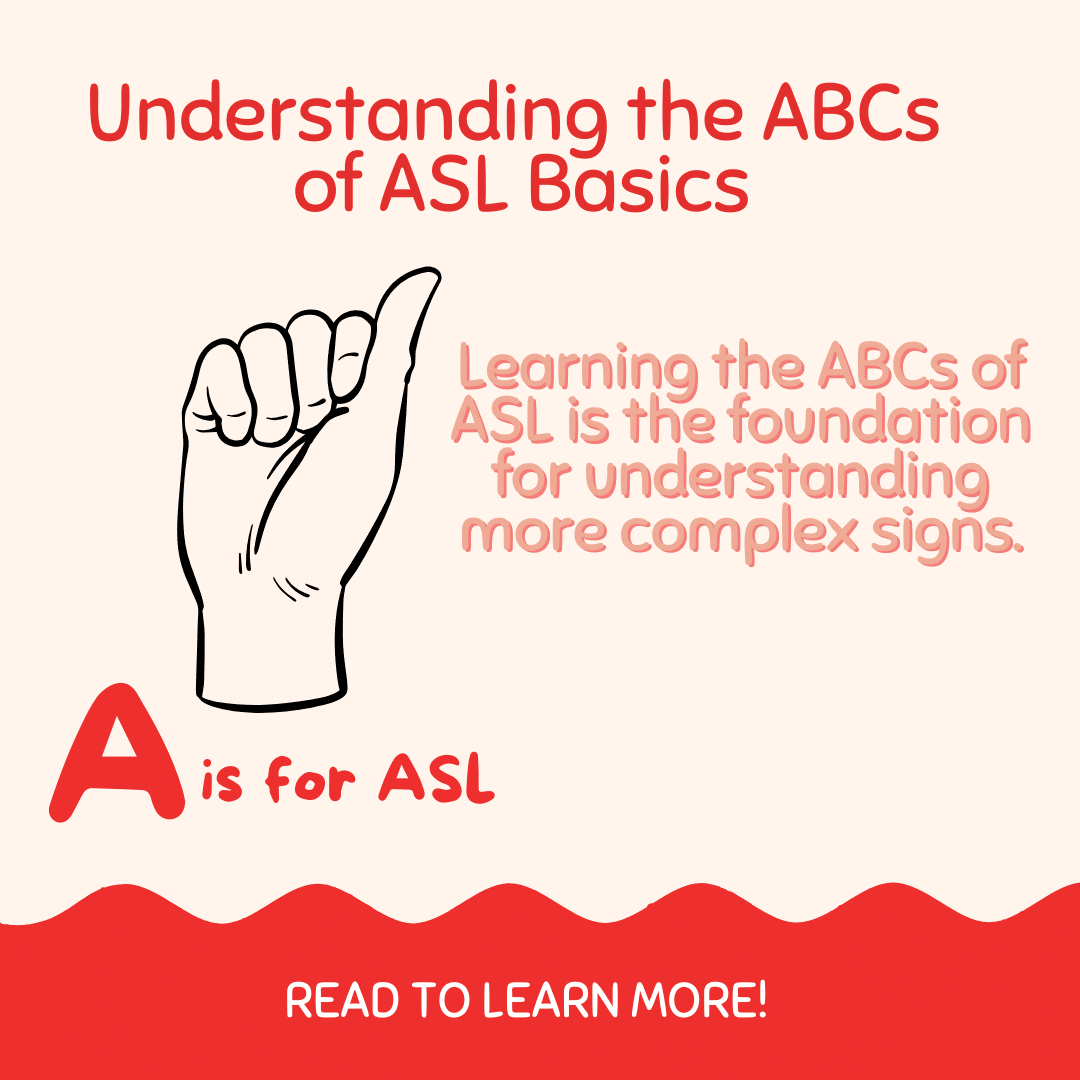
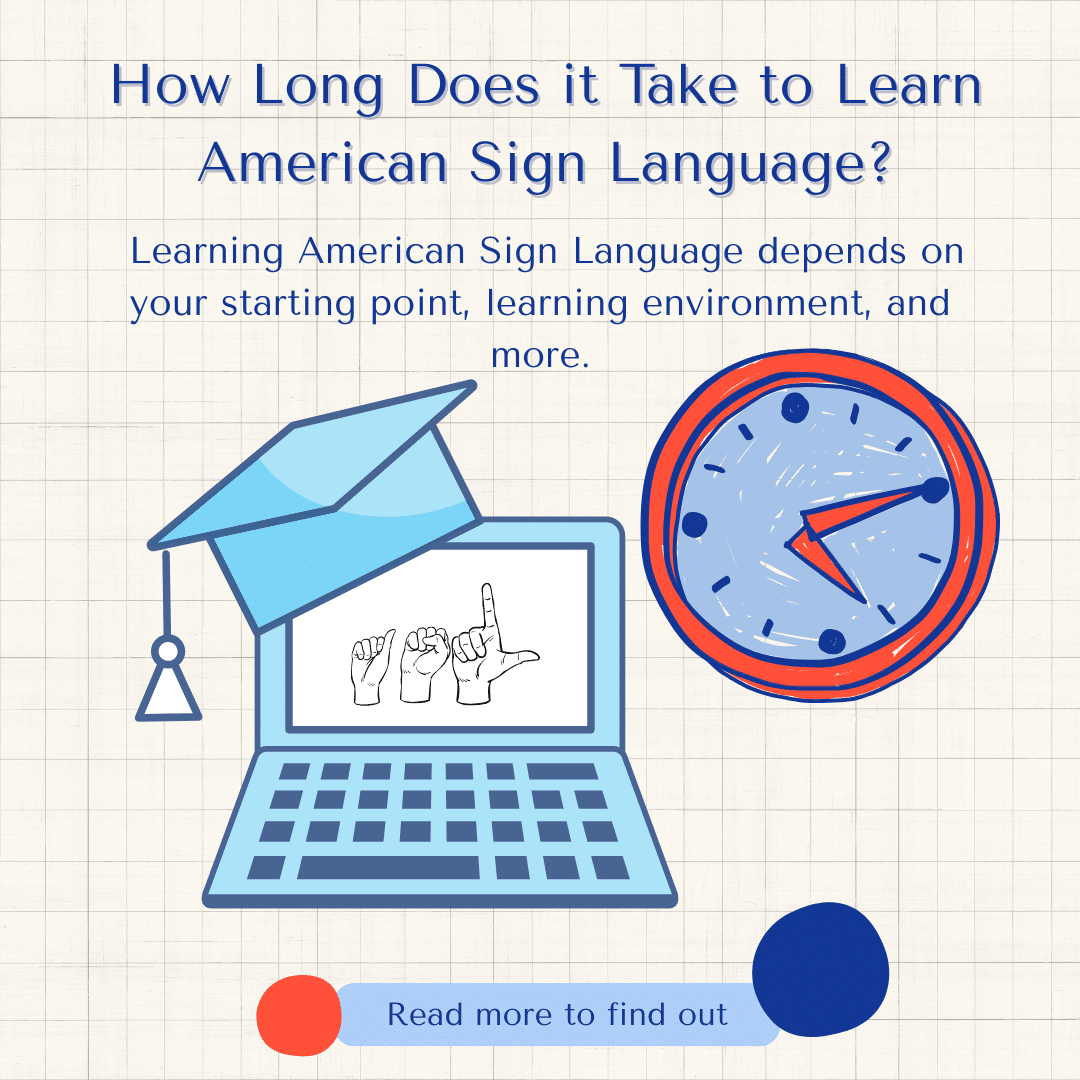
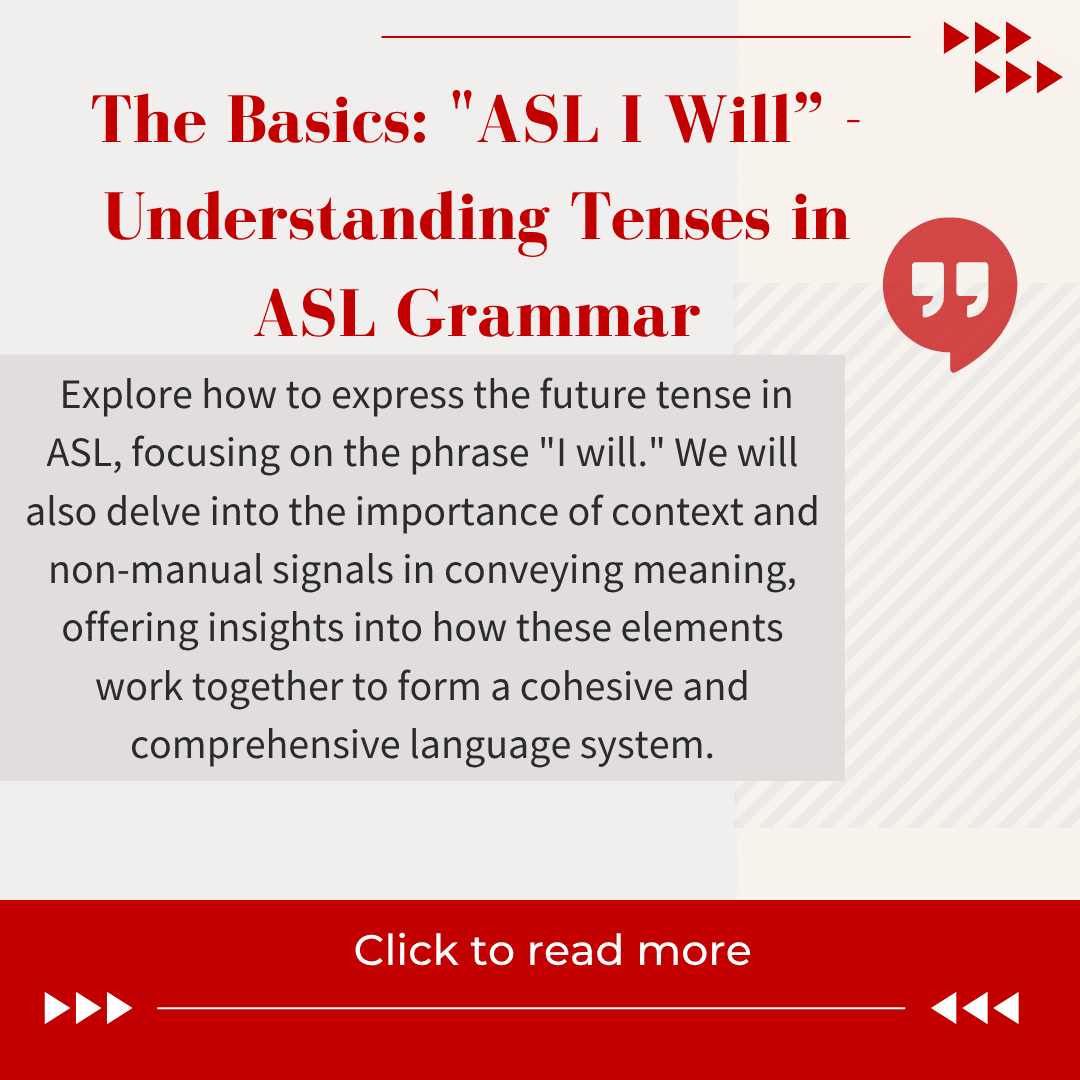

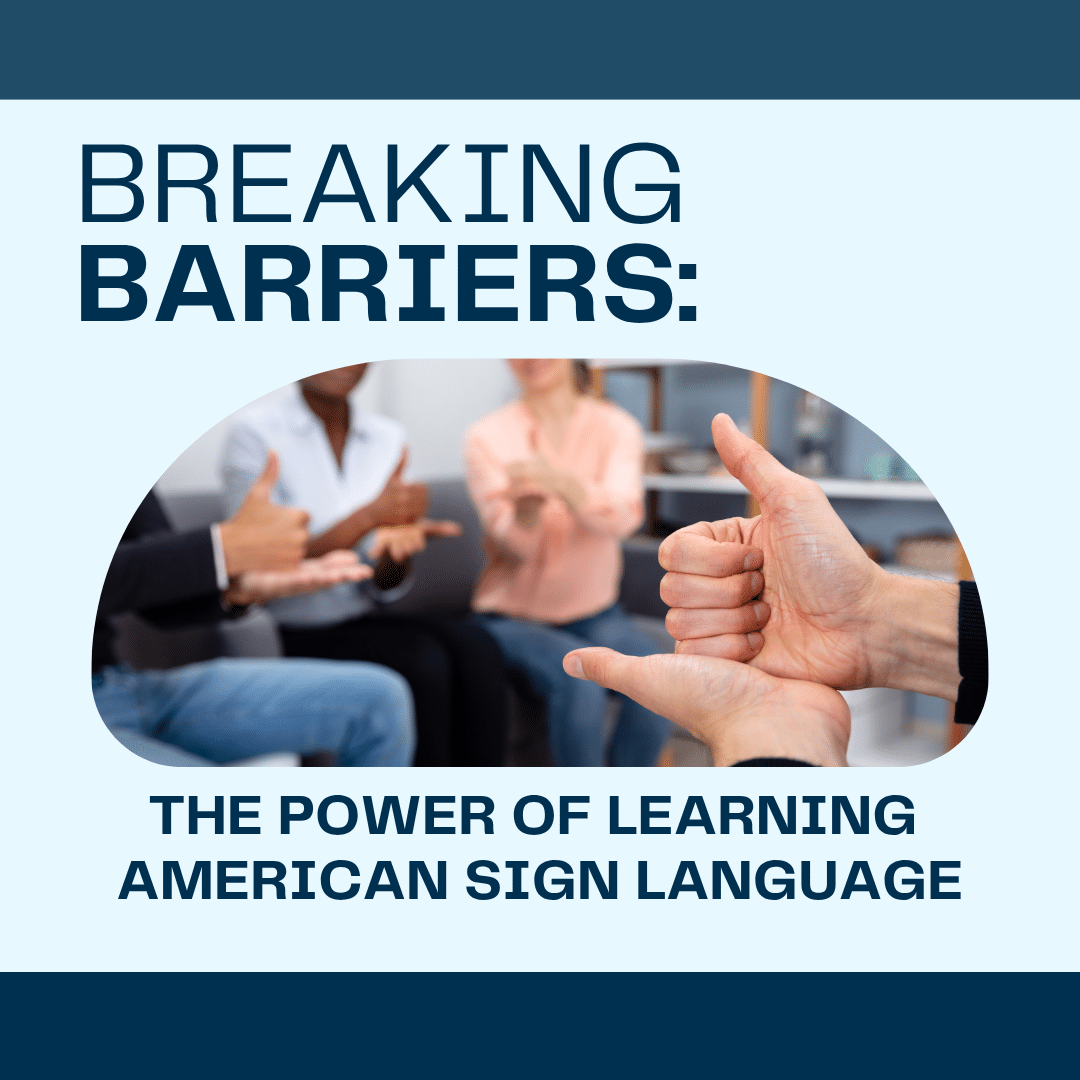



20 Responses
Why no one say anything about George Veditz in this? Unless I miss something? Because……
While he is best known for his efforts to preserve and nurture sign language by capturing it on film, Veditz’s many contributions to the deaf community changed the course of deaf history during a time when deaf people were struggling to preserve their own culture and language. Preservation of the Sign Language.
The first educated deafblind person was not Laura or Helen. It was Victorine Morriseau – France (1789-1832) – who was the first to learn and use a formal language.
I just recently started ASL, and I am not deaf, but I already find ASL extremely interesting. I have always wanted to learn ASL, and now that I’ve learned some of its history, it has become immensely challenging to choose a favorite figure in history. If I had to choose one, it would have to be Abbe de L’Epee. He pretty much invented sign language, and without him, deaf people would have probably not had any organization for a very long time. It is amazing how, instead of trying to teach deaf people the way other people are taught, Abbe de L’Epee took the time to find a style of learning that works for deaf people. Abbe de L’Epee was a truly amazing figure in deaf history. He definitively earned his name, “Father of the Deaf.”
when was this written
As someone who is just starting to learn about deaf History and culture, I don’t feel like I can choose just one favorite. Based off of this article alone, I really believe that Louis Laurent Clerc was a huge influence and a great educator for the deaf community. He seemed to have a real passion to educate the deaf and spent the better part of his life doing just that. His legacy still lives on in deaf schools across the world. I also found it fascinating to learn about William Hoy. My daughter plays softball and it was very interesting to read how he influenced the umpire signals used today and made a lasting impact on the game even though he isn’t widely known outside the deaf community. In further reading about deaf historical figures, I was surprised to discover that Thomas Edison was also deaf, something I may have learned years ago in school, but had not thought about or realized again until now. I wish schools would teach more of these kinds of stories and facts and incorporate these people into their history lessons instead of only teaching Helen Keller for deaf history. Thank you for this article and for enlightening me on deaf people who made an impact.
It’s hard to choose, but Hellen Keller has to be my favorite person in sign language history. I have watched documentaries and read biographies about her because her story is inspirational. She is my favorite because she broke down so many barriers and proved to the world that the deaf and blind can be successful.
From reading this article I can not possibly choose one favourite person but to me Juan Pablo de Bonet is amazing as he was one of the first to try and teach a deaf student other than his child. I admire those who created ways to teach their own children but to me Bonet stepped outside of the comfort zone. He chose to do something that was very uncommon at the time . When those that were deaf were typically pushed aside and disregarded he decided to create a manual language and use his own methods to teach. To me that takes courage, to go against what other people are saying and just try any way. That is something that I think each person in sign language history did, the went against the norm (well except Alexander Graham Bell, but lets not get into that). I couldn’t imagine having to deal with people like that saying that I was unable to learn or communicate effectively (I’m hearing) I’m thankful for those who paved the way and the ability to learn sign today.
Helle can I please have a name for the author of this article? Thanks I need it for a project
Hi Reilly, You can use the name Michelle Jay. :)
Is that the actual author?
Yes, it is.
When was this article published?
This article was published in 2008. :)
What day,month and year this article was published?
Hello Harlie! Send us an email here and we will assist you with that: https://www.startasl.com/contact-us/
Hello! When is the exact date? I need it for a project
I am inspired by Dr. Thomas Hopkins Gallaudet. I am amazed at the passion he had for teaching the deaf. For a man to leave his home country, his family and friends, and his ministry, and travel half way across the world simply to learn how to teach the deaf is mind boggling. And why did he do it? Because he had a young deaf girl as a neighbor; not a family member, but just a neighbor. What love and care he must have had for that young lady and her family to go to such lengths to help her. Also he took it a step farther and started a public school for the deaf, inviting the deaf to come from all over the country. He not only did all of the above, but he made teaching the deaf his life long ministry. I find such a commitment extremely intriguing. Oh that people in today’s day and age would have such compassion for others! I, myself have had a strong, burning desire to learn sign language and to work with the deaf for as long as I can remember, but I’m not sure that even I could say that I have that kind of a commitment to it.
Anne Sullivan is most interesting to me, because, even though she did not have hearing loss herself, she overcame her own visual impairment to prove that Deaf/Blind individuals can learn to read, write, and speak fluently. She overcame innumerable obstacles in her fight to educate Helen Keller whose family and herself did not make it easy for this first-time teacher. Sullivan dedicated her entire life and health to educating, interpreting for, and supporting Helen Keller. She was so successful that Keller learned multiple languages, gave speeches around the world, and wrote articles and a memoir without assistance. After graduating from university, Helen Keller became an enormous advocate of education for the Deaf, Deaf/Blind, and individuals with other disabilities. Without Anne Sullivan, none of that would have been possible, and Helen would have languished without language or direct interaction, probably ending up in an asylum.
At the risk of coming across as a cliche, I have to say that Abbe de L’Eppe is my favorite person from the history of American Sign Language. Reading about how much he did for the Deaf community brought tears to my eyes and inspiration to my heart. The fact that he decided to learn how to communicate properly with the Deaf instead of forcing his usual ways of communication onto them was an extremely honorable rarity for that time period. Though everyone should have that mind-set, it was uncommon and amazing that he was able to stray from what others thought and aid the Deaf in showing their true potential. I definitely understand the reasoning behind his being named “Father of the Deaf.”
I first learned about Sue Thomas through the T.V. show named after her. It was this show, I think, that sparked my long lasting interest in learning ASL. The lead role is played by Deanne Bray who portrays Sue Thomas so well.
Sue has such great faith in God that has held her through so many trials in her life. After her mom passed away she started a program called Silent Night to help homeless people. There is also The Levi Foundation, a dog training centre named in honour of her first hearing dog, Levi. She has written a book, learned piano, and worked for the F.B.I. Thomas has accomplished so many things in her life.
Along with Sue Thomas F.B.Eye, I recently found another movie called No Ordinary Hero. It shows a little bit of what life for Deaf people is like. You can see how some people can be so rude and others can be more understanding.
If I had to choose someone else in Deaf history who lived a little longer ago, I would probably choose William Stokoe. He proved that ASL is a language in and of itself, and without him, I don’t know if this website, StartASL.com, would have been created in the first place